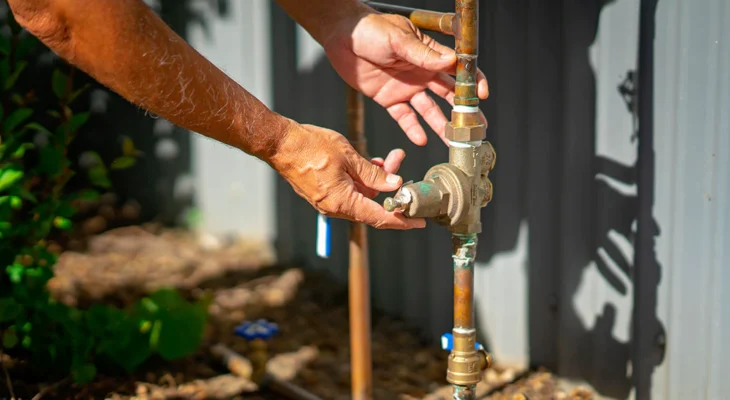Water Pressure Regulator Repair at home can make even the simplest of tasks seem impossible, and even unpleasant. When only one or two fixtures at home suffer from low pressure, you can easily remedy the problem by focusing on getting just that fixture fixed. However, a variety of different plumbing issues can affect the water pressure to the whole house.
If you experience low water pressure in different areas of the house, the first thing you need to do is to narrow down the cause. Here’s a short guide to help you find the root of the problem:
1. Check your water meter. Make sure that the water meter is turned on all the way. Sometimes, when people make plumbing repairs they turn the water back on slowly and just a little bit at a time. Unfortunately, it’s often the case that they forget to turn it back on all the way. If you’re experiencing low water pressure after having repairs done, check your meter first and the other water shut off areas.
2. Check your main shut off valve. After checking your water meter, make sure the main shut off valve is also opened all the way. If you are using gate valves, they should be turned all way counter clockwise. If you’re using ball valves, they should be parallel to the direction of the pipe to be fully opened.
3. Check your pressure regulator. When there is a problem or failure with the pressure regulator, it can cause either a large increase in pressure or a huge decrease in water pressure. This problem will definitely affect the whole house and you’d see the change in all your fixtures. If you’re up to doing the job yourself, you can change the faulty pressure regulator yourself by finding a replacement with the same size and brand. But in most cases, it’s simply better and more efficient to just call a professional plumber in Hertfordshire.
4. You might consider getting a re-pipe. If you’ve been living in your home for a long time, the old pipes can be the cause of the low water pressure. This is especially true if your home is using old galvanized pipes. Slowly, over the years, the insides of the pipes get a buildup that closes off the water ways reducing water flow to fixtures until they become eventually unusable. If build up in old pipes is the problem, they will need to be replaced with new pipes. This is a major plumbing repair that would need a professional plumber. Local building permits will need to be secured as well.

